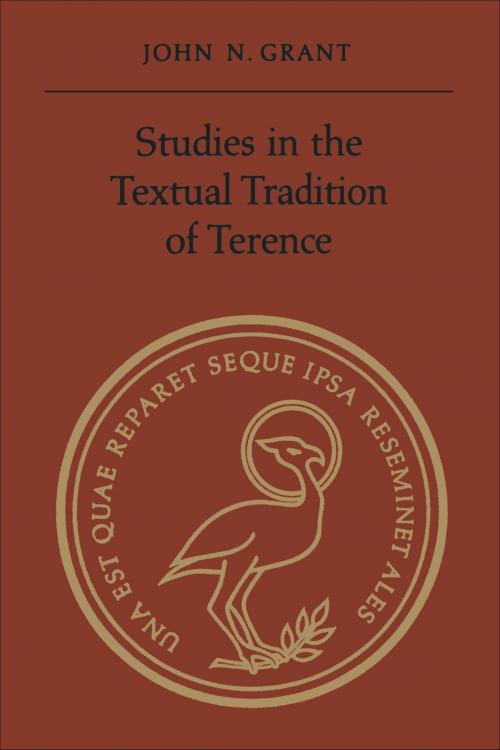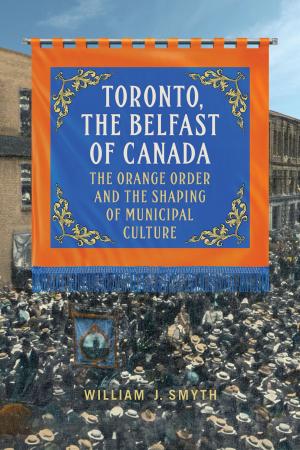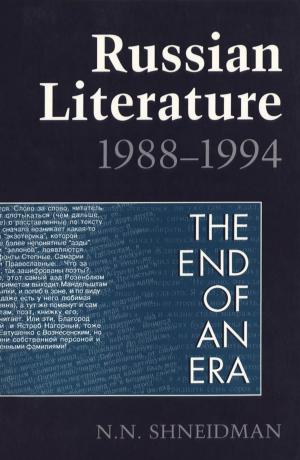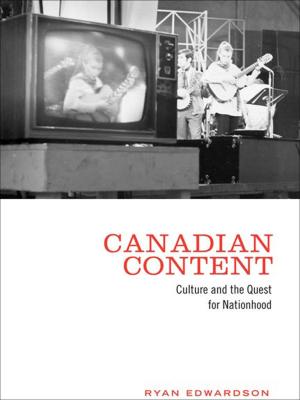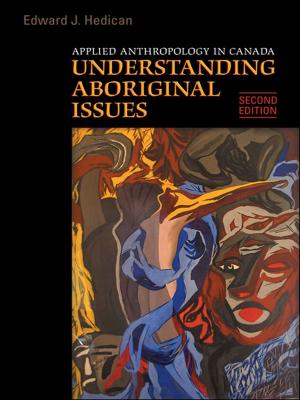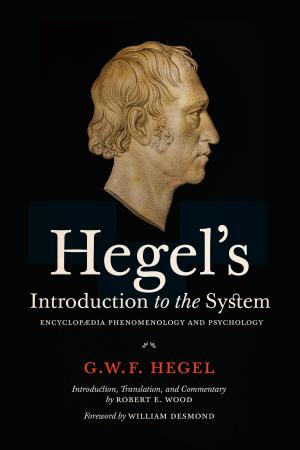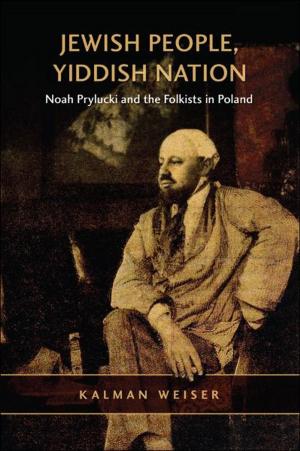Studies in the Textual Tradition of Terence
Nonfiction, Entertainment, Performing Arts, Theatre, History & Criticism, Fiction & Literature, Literary Theory & Criticism, Ancient & Classical| Author: | John N. Grant | ISBN: | 9781487597825 |
| Publisher: | University of Toronto Press, Scholarly Publishing Division | Publication: | December 15, 1986 |
| Imprint: | Language: | English |
| Author: | John N. Grant |
| ISBN: | 9781487597825 |
| Publisher: | University of Toronto Press, Scholarly Publishing Division |
| Publication: | December 15, 1986 |
| Imprint: | |
| Language: | English |
The textual tradition of the Latin dramatist Publius Terentius Afer (second century BC) is unusually rich and complex. Over six hundred manuscripts containing some or all of Terence's six comedies have survived, but only one codex and three small fragments date from antiquity. All the rest were copied in the Middle Ages and the Renaissance when Terence was very popular. Recently scholars have been devoting considerable study to the role of his works and the commentaries on them in the cultural and intellectual development of the Middle Ages and the Renaissance. However, little attention has been given to an examination and re-examination of the manuscripts in order to determine which are the most useful for establishing a reliable text of the plays.
In this study John N. Grant examines afresh the manuscript tradition of the comedies, looking in particular at a branch of the medieval manuscripts which has been neglected in the past. He establishes the primacy of one manuscript, the value of which has hitherto been disputed, and points out the importance of others which have been known but have been neglected by past editors of Terence. In addition, through a careful study of the cycle of illustrations that appear in some medieval manuscripts he brings under scrutiny the history of the transmission of the text in late antiquity. He shows that, contrary to the generally held view, the date of the original cycle of illustrations from which those in the medieval manuscripts are derived cannot be used to provide a chronological keystone for the lost ancient manuscripts which were the ancestors of the surviving witnesses.
An appendix with a selection of readings from over 150 manuscripts will be of value to those interested in investigating further the relationships among the extant manuscripts.
This study lays the foundation for a new edition of the plays of Terence.
The textual tradition of the Latin dramatist Publius Terentius Afer (second century BC) is unusually rich and complex. Over six hundred manuscripts containing some or all of Terence's six comedies have survived, but only one codex and three small fragments date from antiquity. All the rest were copied in the Middle Ages and the Renaissance when Terence was very popular. Recently scholars have been devoting considerable study to the role of his works and the commentaries on them in the cultural and intellectual development of the Middle Ages and the Renaissance. However, little attention has been given to an examination and re-examination of the manuscripts in order to determine which are the most useful for establishing a reliable text of the plays.
In this study John N. Grant examines afresh the manuscript tradition of the comedies, looking in particular at a branch of the medieval manuscripts which has been neglected in the past. He establishes the primacy of one manuscript, the value of which has hitherto been disputed, and points out the importance of others which have been known but have been neglected by past editors of Terence. In addition, through a careful study of the cycle of illustrations that appear in some medieval manuscripts he brings under scrutiny the history of the transmission of the text in late antiquity. He shows that, contrary to the generally held view, the date of the original cycle of illustrations from which those in the medieval manuscripts are derived cannot be used to provide a chronological keystone for the lost ancient manuscripts which were the ancestors of the surviving witnesses.
An appendix with a selection of readings from over 150 manuscripts will be of value to those interested in investigating further the relationships among the extant manuscripts.
This study lays the foundation for a new edition of the plays of Terence.
